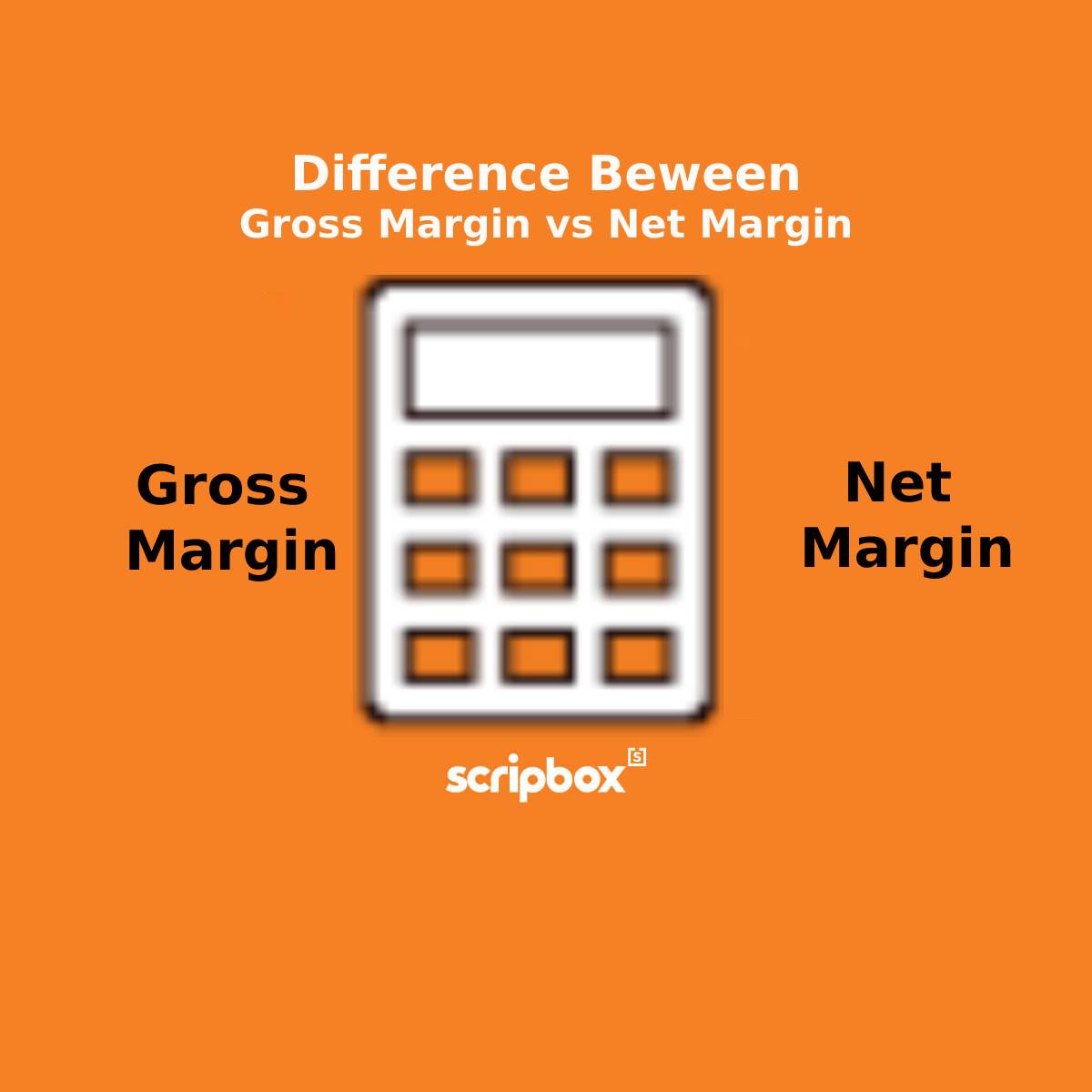In recent times, mutual funds investments have emerged as a popular choice amongst Indians. This signals the shift of investing habits of Indians, away from the traditional savings methods. There are more than 2400 mutual funds to invest in. However, investing in mutual funds requires some financial knowledge and market awareness. Investors can either buy a regular plan fund from any intermediary or conduct basic research and invest directly. Moreover, investors’ responsibility does not end here. They need to keep an eye on the mutual fund performance continuously. Here, in this article, we will provide you with a guide on how to measure mutual fund performance and conduct mutual fund analysis.
Why Should You Measure the Performance of a Mutual Fund?
Many might have seen a standard disclaimer while investing in mutual funds that “past performance is not a guarantee for future returns”. This disclaimer emphasises the fact that historical returns generated by mutual funds may not be the same in future. In other words, one cannot expect guaranteed returns from mutual fund investments. Therefore, investors need to look beyond previous years returns to assess past performance. Further, investors need to monitor their returns that can help them make informed decisions that can lead to better returns.
The capital markets keep fluctuating due to the changes in the overall economic conditions. Such a change also disturbs the asset allocation of the portfolio. For instance, the original portfolio allocation of 50:50 in equity and debt may change to 60:40 due to the market rally. This might increase the risk profile of the fund beyond the investor’s requirements.
Additionally, evaluation of funds also helps investors for performance comparison of their investment against other similar funds. Also, a change in fund manager or fundamental attributes of the fund may trigger for an evaluation. Hence, a mutual fund portfolio requires review and rebalancing periodically. This helps to keep the risk profile of the portfolio intact.
How Frequently Should You Measure the Performance of a Mutual Mund?
The stock market is subject to fluctuations. However, this does not mean that investors should measure their mutual fund performance daily. Usually, one should do a periodic review of their fund performance on a half-yearly or yearly basis. Evaluating the funds in a shorter period does not give an accurate measure of the fund’s performance. Furthermore, mutual fund investors must also keep in mind their financial goal and investment horizon before they jump into a conclusion and get upset about the performance of the fund.
For instance, short term market fluctuations might lead to the poor performance of equity mutual funds in the short term. However, if the investment horizon is for 10-15 years, then one need not worry as these fluctuations even out in the long run.
How To Analyse Mutual Fund Performance?
Historical performance
The real test for any mutual fund is its long term performance. The real worth of a mutual fund can be understood only during unfavourable market conditions. Therefore, fund history can validate the same. Investors should look for funds that have a consistent return history of 5-10 years. They need to compare fund performance across different time intervals and business cycles. Also, this will help investors to build confidence that the fund can perform in a bull cycle as well as bear market cycle.
For instance, an ABC fund of a fund house has performed as per the expectations. This performance was during the market rally, which is considered to be good. On the other hand, during the market slump, if the fund has lost 7% while the benchmark index has lost 10%. Overall, this fund has done well.
Performance against the benchmark
It is one of the first things that the investor must check before selecting a scheme to invest in. The performance comparison of the fund shall be made with the performance of the respective benchmark for any fund. Therefore, the comparison shall be made with a fair and appropriate benchmark. It should always be an oranges to oranges comparison. However, using the wrong benchmark for comparison can lead to misleading data.
For instance, a large cap equity fund can be compared with the broad-based benchmark index like Nifty 50.
Risk-adjusted returns
Every mutual fund has certain risks in relation to the market and industry. Hence, investors must not only look at annualised returns but also look for risk-adjusted returns of the fund. As per the risk return trade off, the higher the risk, the higher is the level of returns. Usually, the risk is measured with the help of standard deviation. Standard deviation refers to the volatility in the fund performance. This reflects the risk of investing in a mutual fund scheme.
Additionally, mutual fund analysis also takes into consideration the Sharpe Ratio. Sharpe ratio refers to additional returns generated by the fund per unit of risk taken. Therefore, a mutual fund having a higher Sharpe ratio signifies better risk-adjusted returns for the investor. Also, the fund manager has delivered higher returns for the excess risk taken for the AUM (assets under management) they handle.
For instance, consider two funds A and B. The standard deviation for A and B is 12% and 15% respectively. The Sharpe ratio of A and B is 0.47 and 0.70. It is better to choose fund B for the risk taken. Similarly, if the Sharpe of B was 0.50, then it is better to select fund A. the reason is a 0.03 extra return is not worth it for an extra 3% risk.
Average duration and maturity
These two parameters are used to evaluate debt funds. Debt funds are also known as fixed-income funds. Average maturity refers to the weighted average of all the current maturities of the debt securities held in a fund. In other words, the period after which a fund holds the debt securities will mature. The longer the maturity, higher is the sensitivity to the interest rate movement. Also, there are higher chances of the NAV of the fund to fall due to the rise in interest rates.
Duration is a measure of the sensitivity of the price of the bond to the changes in interest rate. The shorter the duration of the bond, the better it is. The reason is, they are less uncertain as the principal amount is repaid more quickly. Also, in such a scenario, mutual fund investors will be able to plan their short term financial goals.
Therefore, while investing in a debt fund(fixed-income funds), the average maturity and duration of the fund should be in line with the investment horizon of the investor.
Compare fund’s Alpha and Beta
Alpha refers to the additional returns generated by the fund over and above the returns provided by the benchmark. Beta is a measure of the volatility of the fund in relation to the market. In other words, it measures the riskiness of the fund. Furthermore, Beta also indicates whether the fund loses or gains more or less than the benchmark. The following are the conditions to understand beta
If Beta > 1, then the mutual fund can gain or lose more than the benchmark.
Beta < 1, then the mutual fund can gain or lose less than the benchmark.
Beta = 1, then the returns of the mutual fund are in line with returns of the benchmark.
Let’s take an example to understand this –
Consider two funds A and B. The beta for both the funds is 2. The alpha for A and B is 2 and 1.75, respectively. In such a case, it is preferable to choose fund A. Because, for the same level of risk, the portfolio manager can deliver excess returns than the benchmark.
There are different mutual fund calculators available on Scripbox’s online platform. To estimate returns on any investment, one can also use Scripbox’s mutual fund returns calculator to estimate their returns for any investment.
Learn to compute Alpha and Beta Ratio in Mutual Fund
Compare Portfolio Turnover ratio
Portfolio Turnover Ratio refers to how often does the portfolio manager churns the holdings of the portfolio. In equity funds, it represents the level of buying and selling of securities that takes place within the fund. However, one has to know that, whenever an equity share is bought or sold, it attracts transaction charges. The transaction charges can be in the form of brokerage or fees or STTs.
Therefore, frequent trading in the mutual fund portfolio ultimately increases the expenses. This is reflected in the expense ratio, which is generally higher. This might also reduce the net returns for investors for that particular mutual fund scheme. Hence, Portfolio Turnover Ratio (PTR) is another critical criteria for mutual fund analysis.
While choosing a fund, investors must look for a mutual fund that has a lower PTR. If investors prefer a fund with higher PTR, then one must check whether high PTR is adjusted with higher returns.
Let’s understand with an example.
Consider two funds A and B. The returns for A and B are 10% and 9% respectively. In such a case, fund A seems to be a better choice.
The expense ratio for A and B are 3% and 1% respectively. Therefore, the net returns from fund A and B are 7% and *% respectively. Thus, in such a scenario, fund B is preferable.
Conclusion
There is an ocean of mutual funds to invest. The assets under management of the Indian Mutual fund industry has grown from ₹ 4.13 trillion in 2008 to ₹24.82 trillion in 2020. Hence, It is essential to look at all the factors while evaluating the performance of a mutual fund. Mutual fund analysis leads to the good selection of a mutual fund. However, investors must also keep in mind that mutual funds are subjected to market risks. Therefore, proper due diligence is always required.
Scripbox Mutual Fund Research Tools
Frequently Asked Questions
Following the other categories under equity funds:
1. Large Cap Fund
2. Mid Cap Fund
3. Large and Mid Cap Fund
4. Small Cap Fund
5 .Multi Cap Fund
6 .Value Fund
7. Thematic / Sector Fund
8. Focused Funds
9. Dividend Yield Fund
10. Index funds
11. Balanced Advantage Fund
12. ELSS fund is also known as tax saver fund
Also, in addition to the equity and debt category, mutual funds have another category called hybrid mutual funds. A hybrid fund invests in both debt and equity instruments. Additionally, one can invest in these funds either through a lump sum or SIP route.
One can estimate their SIP return by using the Scripbox’s SIP calculator, which is available online.
Following the other categories under Debt fund:
1. Banking and PSU
2. Corporate Bond funds
3. Credit Risk
4. Dynamic Bond
5. Savings fund
6. Gilt fund
7. Liquid funds
8. Long Duration
9. Low Duration fund
10. Medium Term
11. Medium to Long Duration
12. Money Market
13. Overnight
14. Short Term
15. Ultra Short term


















Show comments